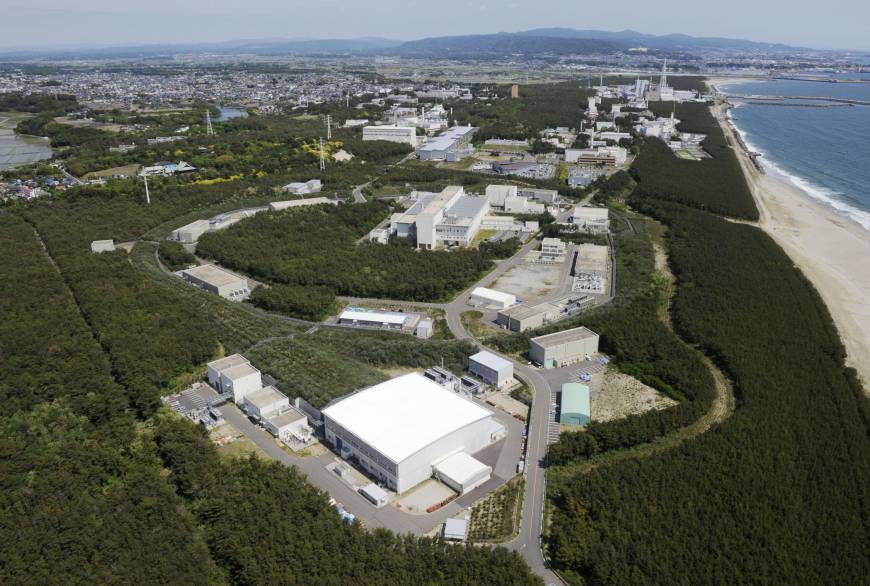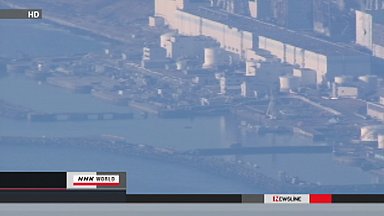
Exposed: The Japan Proton Accelerator Research Complex is seen Saturday in Tokai, Ibaraki Prefecture. As many as 30 scientists are feared to have suffered internal radiation exposure when an experiment at the facility went awry Thursday. | JAPAN ATOMIC ENERGY AGENCY/KYODO
– Researchers hurt at Ibaraki nuclear facility (Japan Times, Kyodo News, May 26, 2013):
At least six researchers suffered internal radiation exposure when an experiment involving elementary particles went awry and up to 24 more are feared to have been similarly exposed, the Japan Atomic Energy Agency said Saturday.
Radioactive substances leaked following the accident Thursday in the Hadron Experimental Facility of the Japan Proton Accelerator Research Complex (J-PARC) in Tokai, Ibaraki Prefecture, the government-affiliated agency reported.
Officials from the Ibaraki Prefectural Government raided the complex Saturday afternoon to investigate the delay in reporting the incident. A malfunction occurred at 11:55 a.m. Thursday during an experiment to produce elementary particles by aiming a proton beam at a target made of gold, the agency said.
An alarm went off shortly afterward and the experiment was halted. But a researcher in charge of the equipment restarted it at 12:08 p.m., despite not having pinpointed the cause of the alarm, sources familiar with the investigation said.
